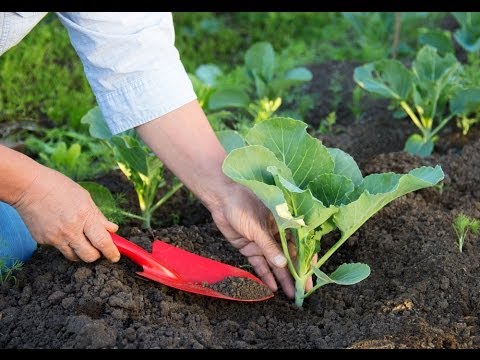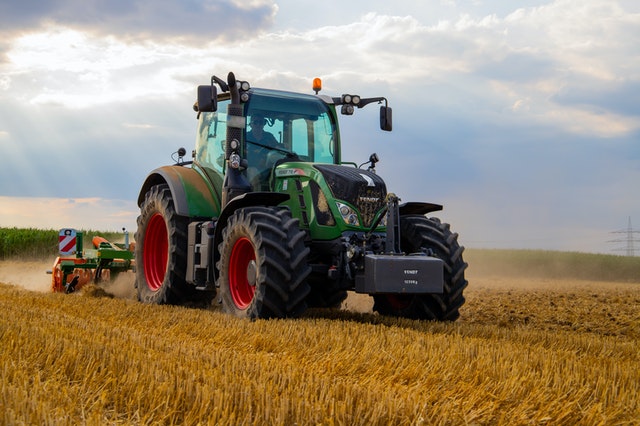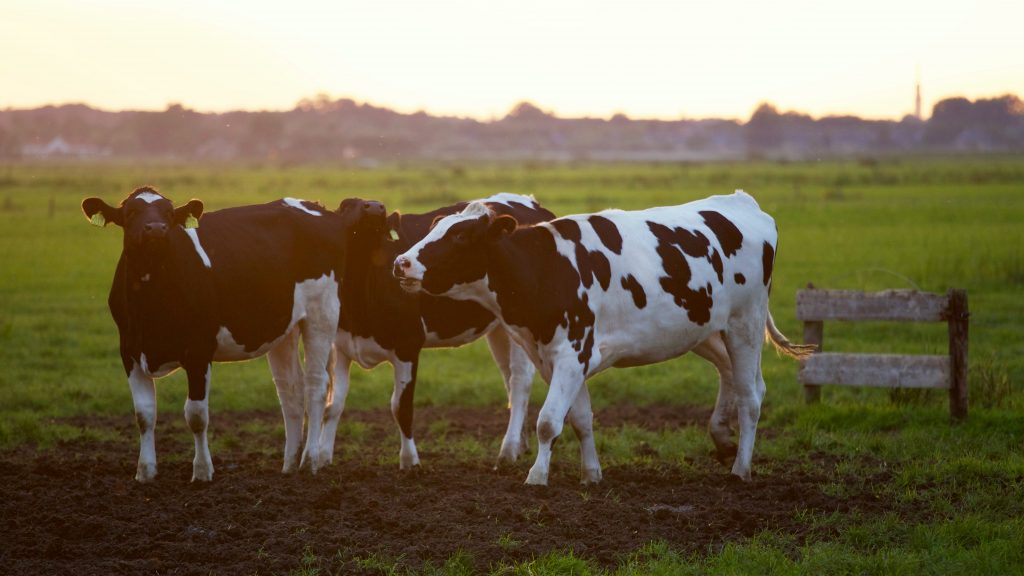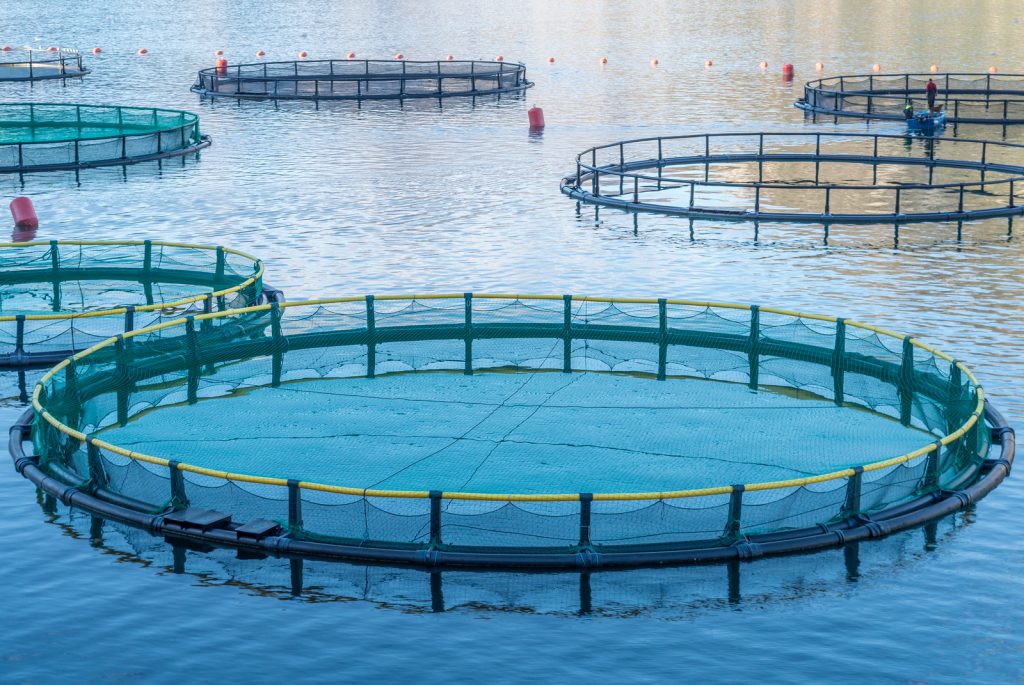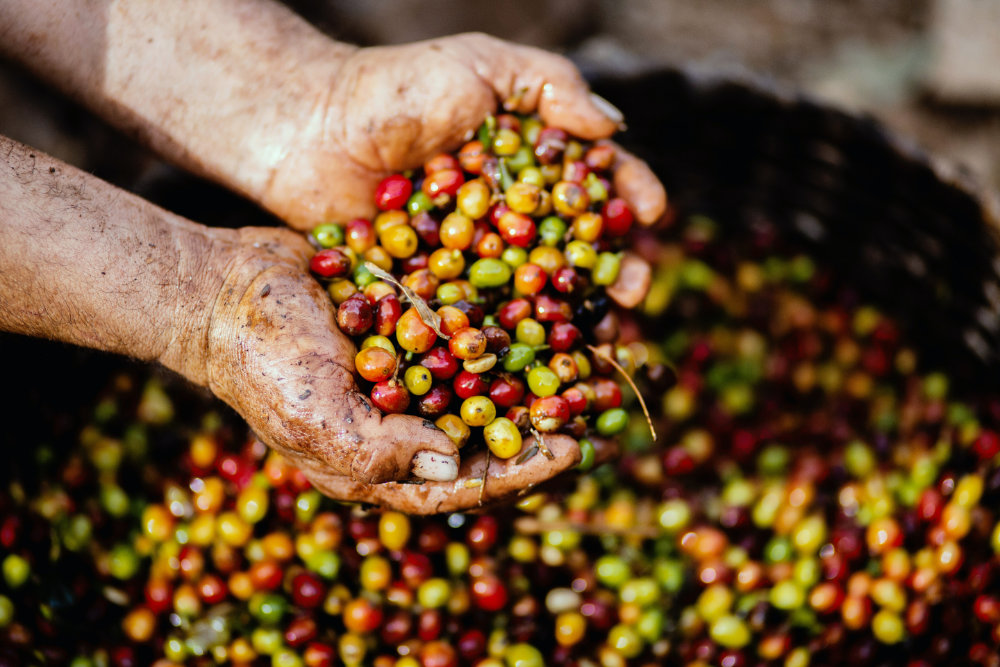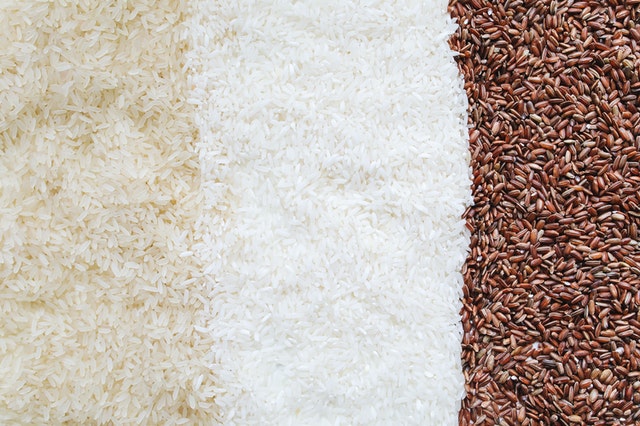Hydroponics: The Future of Agriculture
Did you know that hydroponics is the future of agriculture? Hydroponics is a form of plant cultivation that uses water rather than dirt. This method has many benefits, including increased yields, decreased water usage, and more minor space requirements. This blog post will discuss hydroponics, the benefits of using this method for farming, and some popular types of hydroponic systems. Hydroponics has been around for centuries. The ancient Egyptians used hydroponic techniques to grow plants in their homes and temples. The word “hydroponics” comes from the Greek words “hydro,” meaning water, and “ponos,” meaning labor. In the early 1900s, scientists began experimenting with using hydroponics for agriculture. They found that plants grown in the water had increased growth rates and yields. What is hydroponics, and how does it work Hydroponics is a type of agriculture that does not require soil. Instead, plants are grown in a nutrient-rich solution delivered directly to the roots. This gardening method has many advantages over traditional methods, including a smaller environmental footprint, higher yields, and less need for pesticides and herbicides. In addition, hydroponic systems can be easily controlled and monitored, making it easy to optimize conditions for plant growth. As a result, hydroponics is often seen as the future of agriculture. There are many benefits of this farming, and it is essential to note that hydroponic systems require expertise to operate effectively. The benefits of using hydroponics for agriculture There are many benefits to using hydroponics for agriculture. The most apparent benefit is that hydroponics allows farmers to grow crops in an environment free from soil-borne pests and diseases. It can save time and money and reduce the need for harmful pesticides and herbicides. Additionally, hydroponics uses less water than traditional farming methods, making it more efficient and environmentally friendly. Furthermore, crops grown in a hydroponic system often have a higher yield than those grown in soil due to the controlled environment and the ability to provide the perfect amount of nutrients to the plants. Finally, hydroponics systems can be set up almost anywhere, making it possible to grow crops in urban areas where space is limited. Agriculture is vital to the economy, providing food and other products for consumption. However, traditional farming techniques can damage the environment, causing soil erosion and water pollution. Hydroponics is an alternative method of agriculture that does not require the use of soil. Instead, plants are grown in a solution of water and nutrients. This method has several benefits over traditional farming: It uses less water because the plants are constantly watered from below. Hydroponics can be done indoors, so weather conditions are not affected. There is no need for pesticides or herbicides because the growing environment is closed to pests. As a result, hydroponics is a more efficient and sustainable method of agriculture. How hydroponics can help with food shortages and famine Hydroponics requires far less land than traditional agriculture and can be used to produce crops in even the most hostile environments. Additionally, hydroponic systems can recycle water and nutrients, making them more efficient and environmentally friendly than traditional methods. As the global population grows, hydroponics could play a vital role in preventing food shortages and famine. In recent years, food shortages and famine have become increasingly common across the globe. This is due to a lack of arable land to grow crops in many cases. Hydroponics is agriculture that does not require soil but instead uses nutrient-rich water to support plant growth. It can be an effective solution in areas where the ground is scarce or damaged by drought or deforestation. Additionally, hydroponics can grow crops in greenhouses or other controlled environments, meaning that farmers can produce food even in regions with extreme weather conditions. Hydroponics represents a viable alternative that could help to address the problem of food shortages and famine. The future of hydroponics and its impact on agriculture As the world’s population grows, there is an increasing need for efficient and sustainable food production methods. Traditional agriculture will not be able to keep up with the demand, making it necessary to find alternatives. Hydroponics is a promising technology that could play a key role in meeting the needs of the future. Hydroponics is a growing plant in water without soil. It allows more efficient use of resources, as there is no need to till the soil or use pesticides. In addition, They can use hydroponics to grow crops in locations that are otherwise unsuitable for agriculture, such as deserts or high-rise buildings. While there are many benefits to hydroponics, it is essential to note that this type of farming requires expertise. As such, it is not yet widely used on a commercial scale. However, as more people learn about the advantages of hydroponics, this method of agriculture will likely become more famous in the coming years. Hydroponics could play a vital role in meeting future needs, with the world’s population projected to reach nine billion by 2050. In addition to being more efficient and sustainable than traditional methods, they can use hydroponics to grow crops in locations that are otherwise unsuitable for agriculture. As the demand for food continues to increase, hydroponics is likely. Conclusion As the world’s population grows, there is an increasing need for efficient and sustainable food production methods. Traditional agriculture will not be able to keep up with the demand, making it necessary to find alternatives. Hydroponics is a promising technology that could play a key role in meeting the needs of the future. Hydroponics is a growing plant in water without soil. It allows more efficient use of resources, as there is no need to till the soil or use pesticides. In addition, they can use hydroponics to grow crops in locations that are otherwise unsuitable for agriculture, such as deserts or high-rise buildings.
Hydroponics: The Future of Agriculture Read More »

